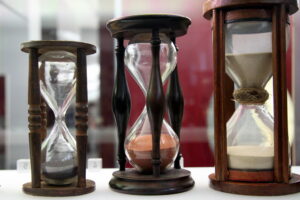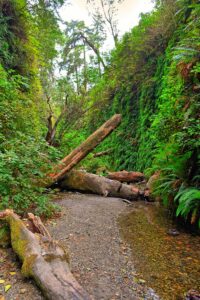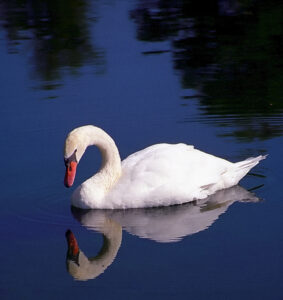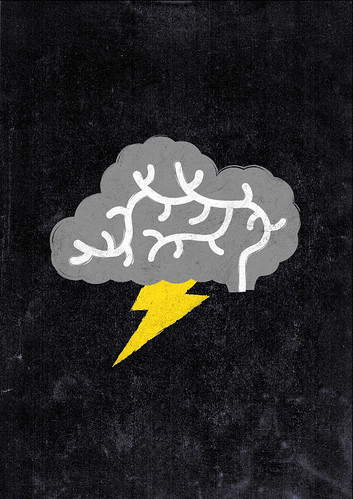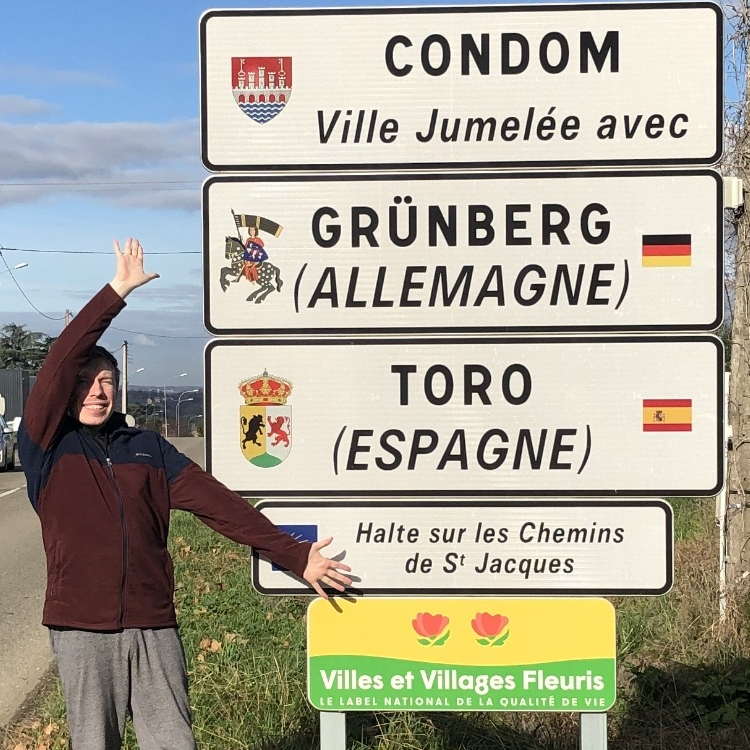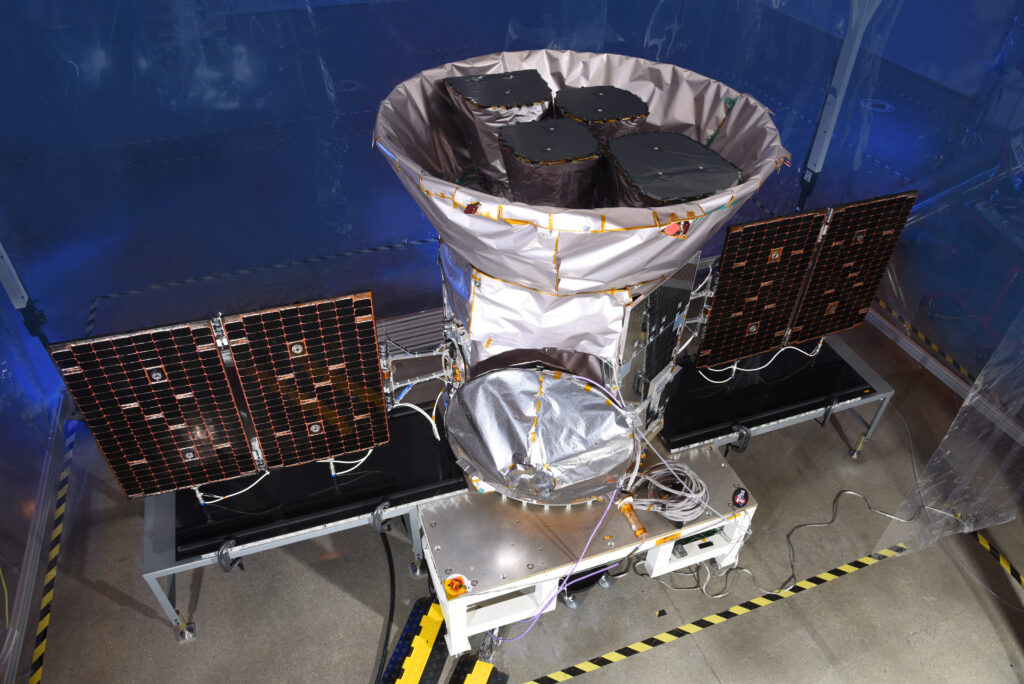Victory over the (foreign) Sun
READING TIME: 2 minutes 5 seconds (Based on an average reading speed of 275 words per minute)
Personal Growth through GO - How GO has influenced my personal growth
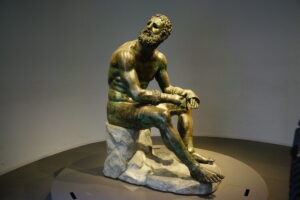
We did it!
Here we are, post-outreach Charlie clocking in right now. What a rush! I want to talk a bit on the topic of limitations. Throughout GO, I’ve struggled to balance expectation and feasibility. I knew my project would be “average” and not groundbreaking but to me it was a trade between what I think would be best for my development while also hoping to do worthy work. My supervisors were always pushing me to add extra flair (have them work with real data). For me though, empathising with the average S1 student. It would have been overwhelming given how much they’d have to learn just to get a grip on the material. To then apply that in a meaningful way in just 3 sessions (the 1st being taken up entirely with just setting up and gaining the knowledge to do the outreach).
Isn’t there supposed to be calm before the storm??
I was so nervous the morning of my first session. I was pacing constantly around wherever I found myself to be: my kitchen @ home having breakfast, breathing heavy and slow during the commute to the school, nervous small talk with the office receptionists while I awaited Mr Cavers to come and collect me, all down to the wait as I stand there with my presentation slides open and the class shuffling in.
3.. 2… 1… “Right well I think we’ll make a start” and with that, we were off.
I was nerve-ridden but as I spoke I felt the ice begin to melt away. There was a brief about what we’d be getting up to over the next 3 sessions before we begin our journey through our solar system. Learning and discussing all about stars, our sun, the planets, moons and life. I even set them homework!
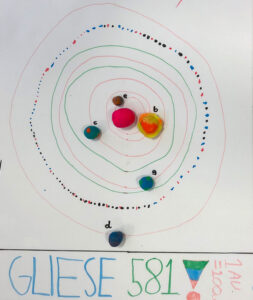
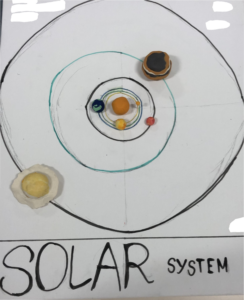
A sleepless week
It’s funny because I think I predicted sleepless nights back in October. I didn’t have the luxury of time to spend reflecting and tweaking the remaining sessions, with every slide I presented and question I asked the class, I was constantly collecting data and tweaking my teaching in real time. The children went into their weekends having completed their models and come Tuesday we recapped all we had learned and every student produced their own exoplanet with fun facts + their own extraterrestrial inhabitants.
And in the end
As I walked home, wearing my space tie and holding my carrier bag of supplies, I couldn’t help but gleam with pride. The semester hadn’t been golden but GO was the highlight of my entire degree. I had never taught an entire class before, only tutored individually. After this outreach though I really felt like my place in life was the classroom. It didn’t just reassure me of my career path but cemented it. I know the write-up is to come and I know my project isn’t extraordinary, but to whatever grade I might receive, my fulfilment is immeasurable.

